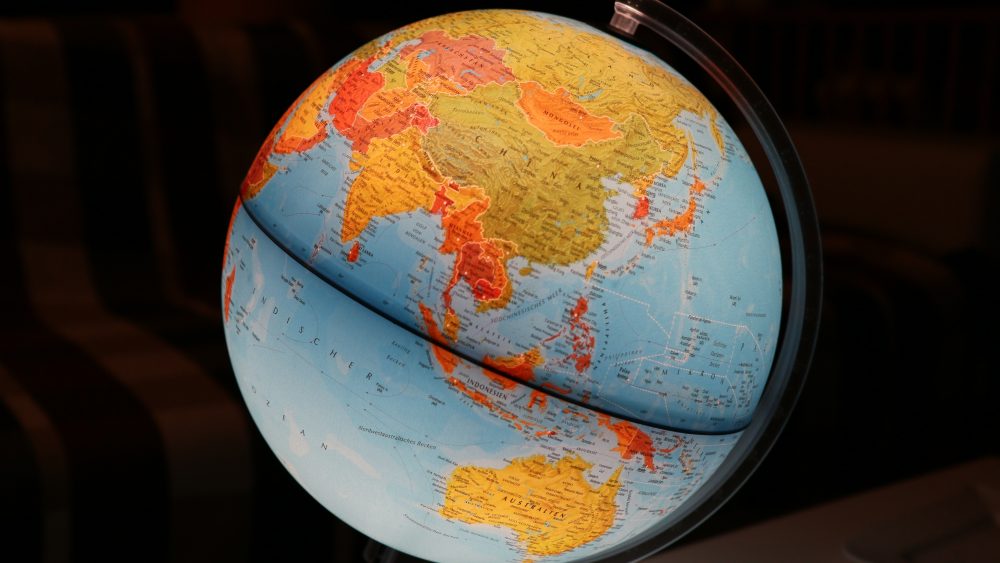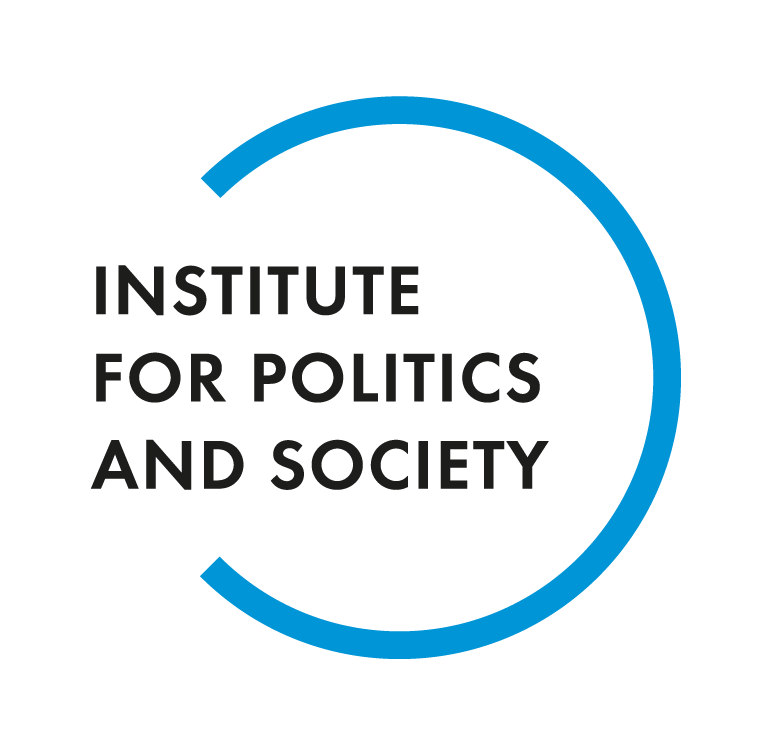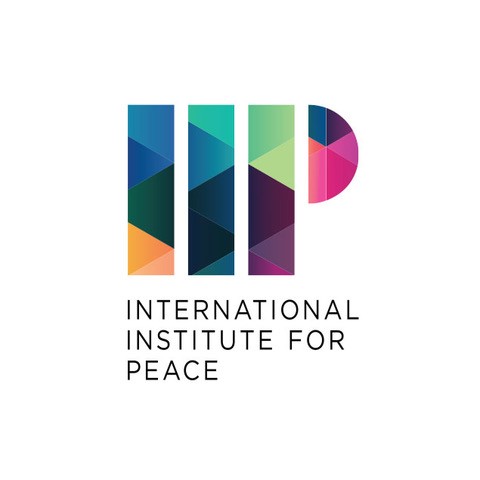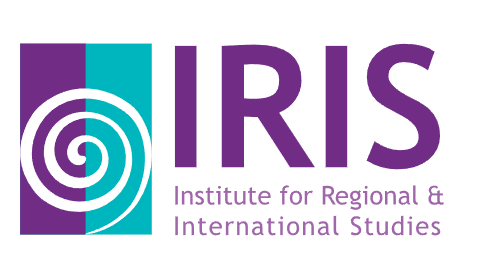Interview with Dr. Rohan Mukherjee, Assistant Professor of Political Science at Yale-NUS College in Singapore, previously Stanton Nuclear Security Fellow at the MIT Security Studies Program, and a non-resident Visiting Fellow at the United Nations University in Tokyo. Rohan’s works have been published in journals such as International Affairs, Asian Security, Contemporary Politics, Survival, Global Governance, International Relations of the Asia-Pacific, India Review, and International Journal, as well as in edited volumes from academic presses such as Oxford, Cambridge, Stanford, University of North Carolina, and Brookings.
P. P. Rohan, it is very nice to speak to you. We are in the midst of the US elections, so it is a particularly hot topic for every political scientist and today I would like to focus on the impact of those elections on the Indo-Pacific. How will the change in the Oval Office impact the dynamics of the Indo-Pacific, and the Quad format? Does Biden make a change or does Trump make a change? Or is there some bipartisan consensus on the general approach towards the Indo-Pacific? What is your take on this?
R. M. Thank you, Pawel, for having me on this conversation. On the issue of the Indo-Pacific within the US foreign policy, there is a reasonable bi-partisan consensus, if not on the Indo-Pacific, than at least on China and for the moment the Indo-Pacific concept seems to be the most reliable method by which the US and its Indo-Pacific allies have decided to address this issue. Under Republican president, the concept of the Indo-Pacific has flourished.
I think it will be really difficult politically for Biden to change the course within US politics, especially given that Republicans control the Senate and they have very strong representation in the House of Representatives. It will be hard to move the needle on that. It is also true that India, Australia, and Japan have become more enthusiastic about the Indo-Pacific so there is a visible momentum behind the initiative and the US allies and partners are pushing it forward.
So can we expect more continuity than change, and Biden’s victory will not change much? Are we going to see more sustained efforts from the US administration to push the Indo-Pacific forward?
I would rather see business as usual, rather than acceleration. There are some major flashpoints. We can clearly see that China is the main driver of the coalescing of the Indo-Pacific. Especially India and Australia were initially quite hesitant to be part of a grouping, which Beijing claims to be targeted at China. But then China came about and India sped up and deepened its commitment to the Indo-Pacific over the course of this year. We have seen high-level ministerial meetings, 2+2 format to make sure that India and the United States are on the same page.
I think that there is a lot we can expect in terms of continuity. All the countries will be careful not to escalate the situation because, after all, there are other countries’ interests that are at stake, not only China’s; there is ASEAN or other South Asian countries, whose interest would be harmed if things go out of hand. I think we will see a lot more coordination from Indo-Pacific countries.
I have one more question regarding India. During Barack Obama’s and Donald Trump’s administrations, we have observed the revitalization of relations between India and the United States. In recent years there has been a lot of discussions about the future of India’s foreign policy and you are an expert in this area. My particular area of interest is the future of India’s strategic autonomy. Which direction will India’s establishment take? Enhancement of cooperation with the US and maintaining strategic autonomy, or is there a slight chance of an even more robust partnership and de facto alliance with the US?
That is an interesting question and many people are discussing it at the moment. In my view, given the history of non-alignment and strategic autonomy and how they have evolved, it is pretty hardwired to India’s outlook. I also do think that it is pretty usual for a country like India to have such an approach, as any large country that is experiencing a sustained rise will strive to achieve autonomy. The US alliance system can be fairly unequal and the partner countries can be more subordinate to the US side, rather than equal partners. We are not talking about the European alliances in the 19th century, we are talking about American alliances where the US is clearly the superpower, and Japan and Australia cannot walk around that fact. India is not comfortable with that kind of unequal relationship, so if there were an alliance, it would have been on equal terms and I don’t think the US is ready on that. Therefore, I think that both countries have a clear understanding that this [current mode of cooperation] is the best thing to work with since it allows India to preserve its strategic autonomy. For the same reasons, I don’t see China allying with any country on unequal terms. For example in the 1950s and 1960s alliance with the Soviet Union went down pretty fast, precisely because the Soviets wanted to dictate and be deeply involved in China’s foreign policy. Major powers with great ambitions do not necessarily want to be told what to do and autonomy suits them.
We talked about alliances and right now there is a wide-ranging discussion about the so-called “Asian NATO”, and under this term I mean the Quad. I am skeptical when it comes to describing this format in such terms as several factors undermine this assumption. What is the current state of the Quad format, what role does it play, and which trajectory of its development is most likely? Can we await the evolution of Quad toward the classic military alliance with some kind of ‘Article 5’ or is it more like an ad-hoc security forum and ad-hoc coalition for having ‘fancy’ maritime exercise?
I think that China exaggerates the role of the Quad when it calls it an “Asian NATO”; there is just no chance of that happening. The circumstances are very different, the threat was just on the border of Europe, and to some extent, it also applied to the United States. The US was amassing the coalition and providing them with public goods that were required for NATO to run. And during the historical evolution, NATO has expanded its role into new areas, becoming increasingly institutionalized. I just don’t see that history happening in regard to Quad anytime soon. Someone already pointed out that geography plays a major role here. The countries of the format are so far from each other that coming to each other’s assistance is a logistical nightmare. Even though the US, India, Japan, and Australia maintain some military presence throughout the region, it will be really difficult. So in that sense, coordination and interoperability and exercises are what we can expect, but in terms of deterrence, Quad cannot play that role as it cannot mobilize quickly enough to come to each other’s aid. There is no joint-command, no joint-planning, and I do not see it evolving in that direction. Most of the countries are comfortable with what they have now. The Indian establishment, particularly, would rather not get involved in something that requires commitments to the defense of other countries. For now, India looks out for its economic development and its border issues with China, without getting engaged in a far-flung military engagement. I think that it is rational for these countries to not institutionalize the grouping at this stage. If you look at how India has managed the border issue with China, with relatively scarce resources, it had done relatively well on the diplomatic front with Quad countries and things have quieted down on the border, even though China still sits on India’s territory but it has dialed back its statements to some extent. I think it is largely because India has these three countries [Japan, US, Australia] on its side, diplomatically at least.
It is a very interesting point you made about geography and we could add many different factors that made NATO possible, such as our culture or language. Even the strategic documents of the White House, Department of Defense, or Department of State emphasize the “tyranny of distance” when referring to projecting power over the Pacific, and that problem is even more evident if we think about the Indo-Pacific.
I wanted to ask you more about India. India is considered by many as the pivotal state in the US-China strategic competition in the region. When we look at GDP or other economic indicators, we see that India has a five times smaller economy than China, it will contract by over 10% in 2020, China’s will grow by 2%. Furthermore, India faces a number of structural problems that have to be addressed to fully realize its potential.
How do you assess India’s real influence? Is it overestimated or is there a genuine chance of India becoming a key player in the region, or even a peer competitor to China?
Not in the short term. I don’t think that India has this geopolitical weight as you say, which comprises military power and economic power. Everything is in question right now, especially taking into consideration the pandemic. India’s economic challenges existed before the pandemic, which has just exacerbated them. It will take many years before India achieves growth rates that will enable it to develop its hard power. The defense budgets have been falling as the percentage of GDP under the Modi government and most of the spending goes to salaries, pensions, and other non-procurement activities. India really needs to fix its defense sector, both institutionally speaking and in terms of utilization of funding and efficiency to channel any economic growth that may have in the future towards hard power. And that is a really open question at the moment. You are right when you say that India’s economy is five times smaller than China’s. There was a time in the 1990s when they were relatively equal but now the division is remarkable. China has already invested a lot in 4th and 5th generation technologies while India does not have an indigenous defense production base. India is trying extremely hard, but it still largely relies on imports, primarily from Russia due to historical reasons, which makes it difficult to import high-tech US equipment as there are security issues. For example, the US tried to stop India from buying S-400 systems from Russia. As long as these hurdles remain, India will struggle to piece together the power that is required to pose a real challenge to China. Perhaps what India can do to balance China’s economic influence around South Asia and the Indian Ocean region is to partner with Japan and offer better and more transparent terms of loans.
I would also like to ask you about three things that are closely linked to what you just said. The first one is decoupling. In recent months, we have observed a heated debate on how India should decouple economically from China as it would pave the wave for more sovereign foreign policies. How do you balance the idea of overcoming recession and lessening the level of economic cooperation with China? The second question is about the attempts by the US, Japan, South Korea, and Australia to move some elements of the Global Value Chain from China to South or Southeast Asia. Is that a tangible goal or is China’s position indispensable in the sense that it is so deeply integrated with the world economy that it is almost impossible to “move out” in the short-term. The last question will touch upon the investment aspect. We have also heard about the Blue Dot Network, which aims to provide quality infrastructure opportunities to create a counterweight to Chinese infrastructural investments. What is your take on those issues?
As far as decoupling and India’s economy are concerned, it will be difficult at this moment. What can happen, is that future engagements could be curtailed. If we look at the hi-tech sector where Chinese companies were getting contracts from the government, in the future it will be difficult for Huawei to play a role in India’s 5G infrastructure. India will strive to build its own, indigenous 5G technology. The Indian government started to pick domestic champions so they could provide the necessary technology. India has the potential to deny China gains on the 5G front. The exclusion of Chinese apps people talked about a lot – they don’t have such an impact unless there is a coordinated effort by the US, India, and other countries to shut out Chinese companies from their markets. In India’s case, there is a lot of app users but they do not have enough purchasing power when it comes to in-app purchases that are required to generate revenue.
On the second question, if China weaponizes its economic power against a country, firms in that country will start to diversify away from China. A good example of that is South Korea, when after the government decided to deploy the THAAD system (Terminal High Altitude Area Defense), China essentially shut down all the tourism to Korea. They also leveraged economic power to punish Korean firms and what you saw after that is that they started to diversify. This took the form of moving into Southeast Asian markets and looking for other countries to do business with. There is also a limit to what China can do to punish other countries. And as these countries develop a more diversified economic relationship there will be a possibility to decouple to some extent. But not to the extent Donald Trump declared he wanted to since the world is a very different place than it was during the Cold War. Moreover, it would hurt Southeast Asian countries if it happened, as they are also part of Chinese value chains. Decoupling sounds good, but I just don’t think that is that feasible.
When it comes to investments, India lacks the resources, but this is where many people have been advocating India to partner up with Japan so they could utilize their respective strengths. India has the experience, it has been maintaining technical cooperation with developing African and Asian countries since the 1950s. So there is a lot of goodwill existing between them and the Indian government if there were sufficient resources. This is where the US and Japan come up with their capital and expertise. The joint effort of all these countries could bring some results, especially since Chinese investments seem to benefit mostly elites, not the people. The basic idea is that these contracts allow the elites to keep a portion for themselves while allowing Chinese firms to do what they are doing in their country. Often land or other resources are given away to Chinese companies with ordinary citizens seeing little benefit. That’s why I think India and Japan, and even EU for that matter, can provide real people-centric development projects and create political pressure from below on governments like Sri Lanka, Maldives, or Nepal to wind themselves away.
Thank you, Rohan, for this comprehensive answer. In fact, in recent months, Germany and France increased its interest in the Indo-Pacific, so that might be a positive hint for the future. My last question will refer to the role of ASEAN in the Indo-Pacific rivalry. When it comes to Japan, India, South Korea, or Australia, some of these countries are already allied with the US, others are elevating the level of cooperation. The large question mark is the position of ASEAN because, as you already mentioned, they are closely interlinked with China economically. How will the ASEAN position itself towards the US-China rivalry?
The main goal of ASEAN is stability and economic growth, so whatever serves that aim, serves the ASEAN’s goal. Southeast Asian governments and societies often see the US as dangerous for the instability in Asia as China. Any provocative actions by the United States risk the broader instability of the region, which ASEAN does not want. For this reason, there is always a call from the aforementioned countries to maintain the balance and not to rock the boat to either side. Therefore, any country that tries to do that will earn the displeasure of ASEAN. Having said that, it also worth noting that Individual countries have started developing alternative priorities, seeking deeper partnerships with one of the major powers, such as Laos and Cambodia coming to mind. There were even some voices that these countries should be rejected from ASEAN because they are so close to China. Generally speaking, I don’t think that the countries of Southeast Asia will join the anti-China coalition. They don’t want an aggressive US policy, but they also are afraid of China, so that the middle-of-the-road position will persist.

IF YOU VALUE THE INSTITUTE OF NEW EUROPE’S WORK, BECOME ONE OF ITS DONORS!
Funds received will allow us to finance further publications.
You can contribute by making donations to INE’s bank account:
95 2530 0008 2090 1053 7214 0001
with the following payment title: „darowizna na cele statutowe”

































Comments are closed.